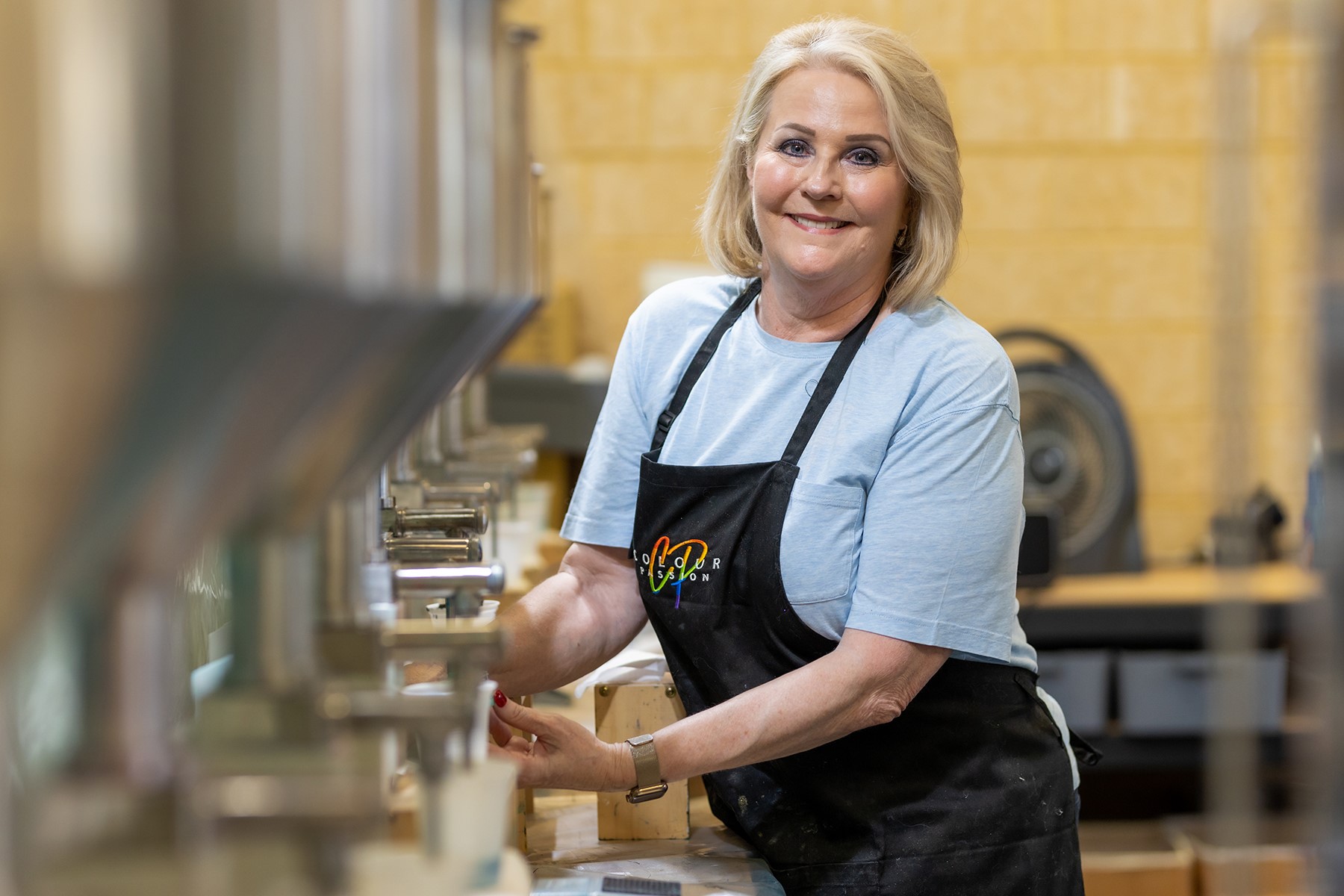If you have a great idea for a new product, you’re at the start of an exciting but complex business journey.
From developing your idea to testing demand in the market and finding the right manufacturer, here’s your guide to the steps involved in turning your idea into a new product available for sale.
Step 1: Develop your idea
Developing any new product starts with a big idea. This might be an idea for a product which solves a specific problem or fills a gap in the market, results from your expertise in a certain area or is something that will meet your customers’ needs based on your industry knowledge. Overall, you want to develop a product which your target market is willing to buy – so it’s important to invest some time to flesh out your idea and create a detailed plan.
At this stage, you might want to create a prototype or mock-up of your product. This could be as simple as a sketch on paper and a list of all the functions or unique components that your product might have. This could help you refine your idea and even get feedback from potential customers.
You should also consider whether you have the capacity, knowledge and capital to develop this idea.
Tip: If you’re considering launching a product as the basis of a new business, you might like to read our guide on how to start a business. If your business idea relates to a food product – check out our guide to starting a food business in Western Australia.
Step 2: Explore the potential of your product
Developing and launching a product could take a lot of your time, energy and money, so you want to make sure it has the best chance to be profitable before you take on costly risks.
It’s crucial to explore the potential demand for your product before you take things further. Developing a minimal viable product (MVP) and testing sales early is a good way to do this.
An MVP is a simple, basic version of your idea that includes only the most important features. This means you can show it to real users quickly without spending too much time or money, get feedback early, and find out if people actually want your product before you build the whole thing.
You could find a local market or event where you can sell your products to test your concept, pricing, packaging and other factors before you scale your idea. Depending on your product, you might find a local retailer, such as a pharmacy or grocery store with a gift section, where your product could be available for sale for a trial period or even longer.
Dive into some market research to answer questions such as:
- Who is likely to need or want this product?
- What is the size of that market?
- Is the idea profitable? (How much does it to make and how much can you sell it for?)
- What problem does this product solve?
- Where is my ideal customer likely to find this product?
- Who are my competitors? Think broadly about this question – if your product is a discretionary item (such as a children’s toy), you need to consider a range of potential competitors who may offer something at a similar price point.
It’s important not to take the opinions of your family and friends as the only sign of your future success. As much as they want to support you and might agree it’s a great idea, you need to make sure it’s a viable product with customers who represent your target market.
Tip: Learn more about conducting market research and assessing demand for your product and discover the free market research and industry data you can access via the SBDC.
Step 3: Take steps to protect your IP
If you’re developing a first of its kind product, it’s essential to do what you can to protect your intellectual property (IP).
To safeguard your product idea and prevent others from copying or using your idea, you should find out which aspects of your product need to be patented, trademarked or copyrighted. It’s a good idea to get legal advice to make sure you have the right IP protections in place before you start to send your idea out to discuss with manufacturers or other parties involved in producing your product.
On the other hand, if you’re developing a version of something which already exists, it’s important to make sure your idea isn’t breaching any IP protections already in place from the original creator . You should check for copyright statements, official licenses, or use resources from the Australian Copyright Council or IP Australia for information and guidance.
Tip: IP protections, such as a patent, are important to protect your idea. You may also want to consider a non-disclosure agreement (NDA) with other parties you are sharing your idea with to stop them copying your product. Learn more about how to protect your IP.
Step 4: Explore your options for manufacturing
Bringing your product to life is an exciting step and it’s important to find the right manufacturer. You might want something produced in bulk for cost efficiency, perhaps overseas, or maybe having it locally made is an important unique selling point for your product brand.
When you first get in touch with a manufacturer, let them know about the specifications, materials and volumes of production you have in mind for your product, and any standards it should meet. From there, they can provide a quote and give you the chance to ask questions about working with them.
Make sure you get a range of quotes before you decide who to work with. Ideally, talk to other businesses who use their services to see what their experience has been. Look into their experience, estimated time frames, capacity to deliver your product, packaging and delivery capacity and any reviews or samples you can access.
If you’re exploring having your product manufactured by a supplier outside of Australia, you may want to consider using a reputable local agent to help negotiate this process for you. It’s important to make sure your product is manufactured in line with Australian standards, to the level of quality you need, and exported to you in the expected timeframes. Avoid paying for everything upfront just in case something goes wrong.
Once you have chosen a manufacturer, you’ll formalise this agreement through a contract. Your contract should include key contact people, pricing, timelines, quality standards, delivery schedules and include contingencies and dispute resolution processes just in case things don’t go to plan.
Tip: Learn more about contracting requirements and the importance of having clear dispute resolution processes from the beginning of a contract.
Step 5: Launching your product
While you can’t launch your product until you have had it manufactured and delivered, you can start to plan your product launch weeks or even months earlier.
An elaborate launch party might sound fun – but the most important part of a product launch is getting your product in front of potential customers. A marketing plan can help guide your activities, which may including setting up an online platform to sell your product, updating your website or sales pages or tending to other digital marketing aspects of your product launch. If you’re planning to sell your product through partners, whether it’s major retailers or other small businesses, give yourself plenty of time to meet with them to pitch your product.
Tip: Read our expert tips for selling on Meta platforms, including Facebook and Instagram.
Once you have launched, you can help sustain your product’s success by cultivating strong customer advocates through providing excellent customer service including listening to feedback to improve your product or get your next product idea!
Find out more
Learn what’s involved if you’re considering turning your side hustle into a full time business or explore free business templates and tools to help you calculate your profit margin, mark up and breakeven points.
If you have any questions about developing a product or starting and running your business, contact our free business advisory service.




